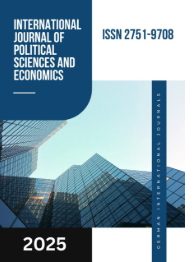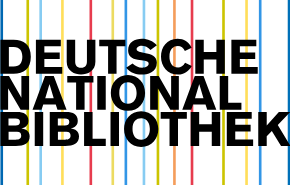NEOBANKS: A GLOBAL TREND AND PROSPECTS FOR COUNTRIES WITH DEVELOPING FINANCIAL INFRASTRUCTURE
DOI:
https://doi.org/10.55640/Keywords:
neobank, digital banking, fintech, financial inclusion, Uzbekistan, developing countries.Abstract
This paper explores the rise of neobanks—digital-only financial institutions—as a significant global trend in the evolution of banking services. The analysis highlights their advantages and limitations, particularly in the context of countries with developing financial infrastructure. Special focus is given to the potential role of neobanks in enhancing financial inclusion and accelerating digital transformation in Uzbekistan.
References
1.Zalan, T., & Toufaily, E. (2017). The Promise of FinTech in Emerging Markets: Not as Disruptive. Contemporary Economics, 11(4), 415–430.
2.Gimpel, H., Rau, D., & Röglinger, M. (2018). Understanding FinTech start-ups – a taxonomy of consumer-oriented service offerings. Electronic Markets, 28, 245–264.
3.PwC. (2021). Global FinTech Report 2021: Transforming the financial services landscape. PricewaterhouseCoopers. Retrieved from: https://www.pwc.com/gx/en/industries/financial-services/publications/global-fintech-report.html
4.Claessens, S., & Rojas-Suarez, L. (2020). Financial Inclusion: What Have We Learned So Far? What Do We Have to Learn? Center for Global Development.
5.Chishti, S., & Barberis, J. (2016). The FINTECH Book: The Financial Technology Handbook for Investors, Entrepreneurs and Visionaries. Wiley.
6.Accenture. (2022). The Future of Neobanks: Growth, Profitability and Sustainability. Accenture Research. Retrieved from: https://www.accenture.com
Downloads
Published
Issue
Section
License

This work is licensed under a Creative Commons Attribution 4.0 International License.
Authors retain the copyright of their manuscripts, and all Open Access articles are disseminated under the terms of the Creative Commons Attribution License 4.0 (CC-BY), which licenses unrestricted use, distribution, and reproduction in any medium, provided that the original work is appropriately cited. The use of general descriptive names, trade names, trademarks, and so forth in this publication, even if not specifically identified, does not imply that these names are not protected by the relevant laws and regulations.







